I am trying to make a line graph of each row of my data frame traff The x axis would be the year from 2006 to 2012.
The final result should be a separate graph for each line. In the example below the first graph represents the third line and the second one the second line (see table below):

I know how to find the max value of each row to get the max yaxis with:
xaxis <- colnames (traff[,(3:10)])
But I am struggling to make a loop for each row and generate a line graph. As you see each port (a, b and c) has three categories (IntPass, Pass and Cruise).
Port Category 2006 2007 2008 2009 2010 2011 2012
a IntPass 9046000 0 9579000 9683700 10404900 0 0
a Pass 270000 260000 360000 360000 342000 385000 368000
a Cruise 259 238 269 263 247 258 265
b IntPass 8249304 8222336 8692362 9015726 9107665 9177075 9050424
b Pass 0 272584 351267 437437 381141 407162 463770
b Cruise 260 255 265 293 261 263 274
c IntPass 6760000 6514294 7247366 7257646 7900000 8500000 8800000
c Pass 305026 294738 377522 416605 392000 443000 442000
c Cruise 289 268 298 305 279 293 294
